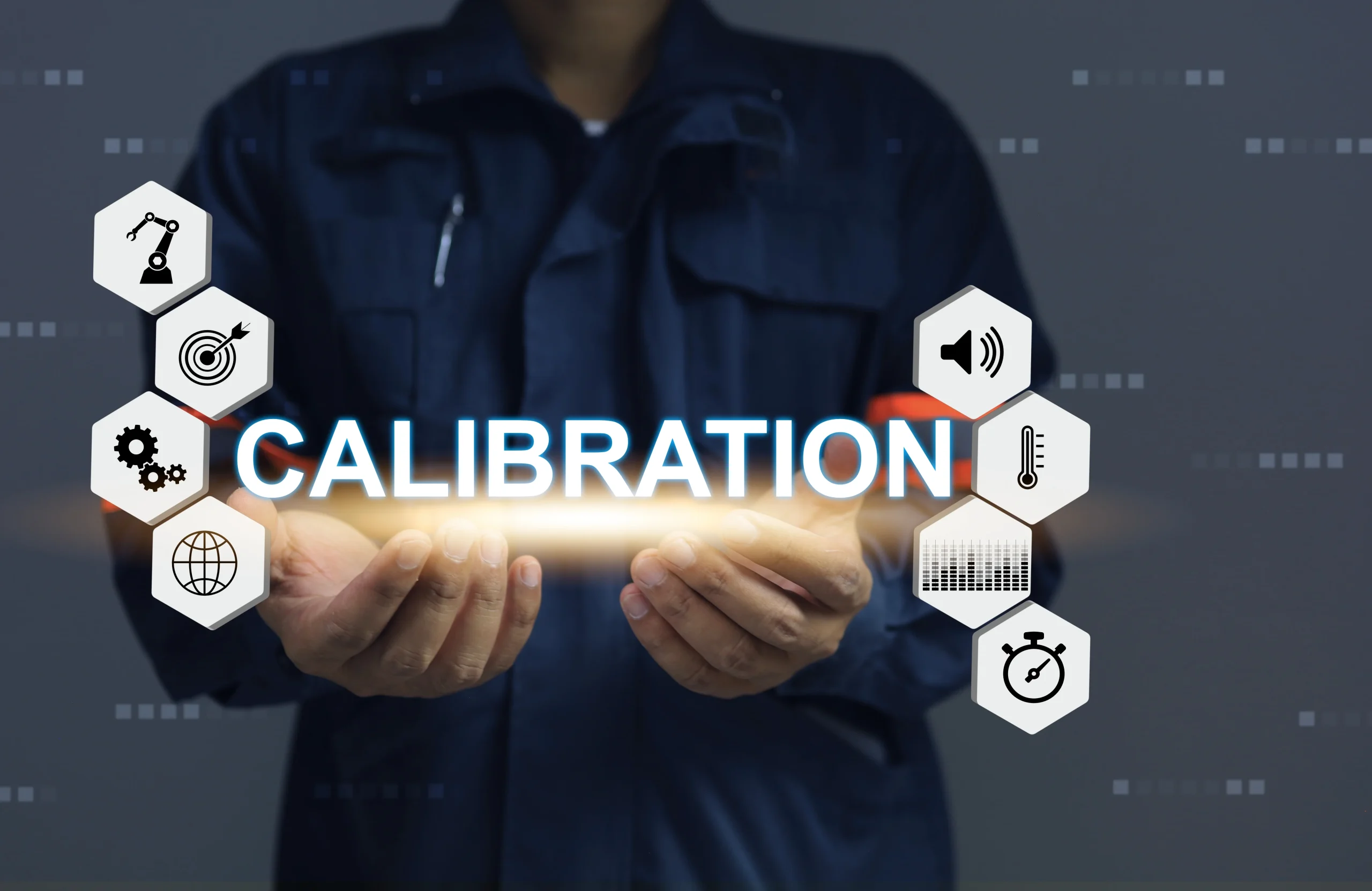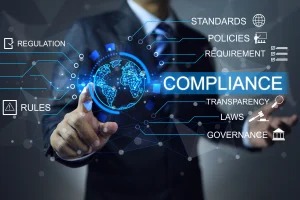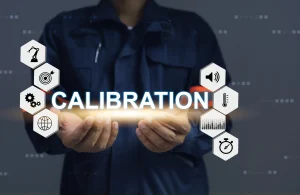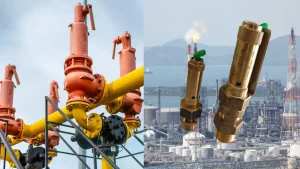In industrial operations, maintaining accuracy and safety in pressure control systems is crucial. Pressure valves and pressure gauges play a vital role in ensuring that systems operate within safe pressure limits. However, over time, these devices can drift from their original calibration due to environmental conditions, mechanical wear, or material degradation. Regular calibration is essential to ensure their accuracy, reliability, and conformity with industry regulations.
What is Calibration?
Calibration is the process of comparing a measuring instrument or control device, such as a pressure gauge or pressure valve, against a known reference standard to verify its accuracy. If discrepancies are found, adjustments are made to bring the device back to its proper specifications.
Why Calibration is Necessary
1. Ensures Safety
Pressure valves and gauges are critical in helping preventing overpressure situations that can lead to catastrophic failures, such as explosions or leaks. A miscalibrated device may not detect excessive pressure levels accurately, compromising system safety.
2. Maintains Operational Efficiency
Proper calibration ensures that pressure readings are accurate, helping to optimize system performance. Inaccurate readings can lead to improper pressure regulation, increasing energy consumption and reducing efficiency.
3. Regulatory Conformity
Many industries, such as oil and gas, manufacturing, and mining, must adhere to strict regulatory standards (e.g., Australian Standards, WHS Regulations, and ISO). Regular calibration helps businesses stay compliant with these requirements and avoid legal or financial penalties.
4. Prevents Costly Downtime
Unexpected equipment failures due to inaccurate pressure readings can cause significant downtime and production losses. Routine calibration minimizes the risk of unplanned shutdowns, improving overall system reliability.
5. Extends Equipment Lifespan
When pressure valves and gauges are calibrated regularly, they function within their intended operational parameters, reducing wear and tear and extending the lifespan of the equipment.
Recommended Calibration Intervals
The frequency of calibration depends on several factors, including industry regulations, manufacturer recommendations, and operating conditions. However, general guidelines include:
- Pressure Gauges: Every 6 to 12 months, depending on usage and environmental factors.
- Pressure Valves: Annually or as required by industry standards [every 4 years] and operational requirements.
- Critical Safety Valves: More frequent calibration may be necessary, particularly in high-risk environments.
The Calibration Process
1. Inspection and Preparation
Before calibration, the device is visually inspected for any signs of damage or wear. The calibration environment should be controlled to ensure accurate results.
2. Comparison with a Reference Standard
A highly accurate reference instrument is used to compare and verify the readings of the pressure gauge or valve under controlled conditions.
3. Adjustment and Verification
If discrepancies are found, adjustments are made to bring the device within acceptable tolerances. After adjustment, the calibration is re-verified.
4. Documentation and Certification
Calibration results are documented, and a calibration certificate is issued. This record is essential for conformity audits and quality assurance.
Conclusion
Regular calibration of pressure valves and pressure gauges is a critical maintenance practice that ensures operational safety, efficiency, and regulatory conformity. By adhering to scheduled calibration intervals, industries can minimize risks, reduce downtime, and enhance the longevity of their equipment. Investing in routine calibration is a small but essential step toward maintaining the integrity of pressure control systems. Please feel free to contact us for your calibration requirements.






